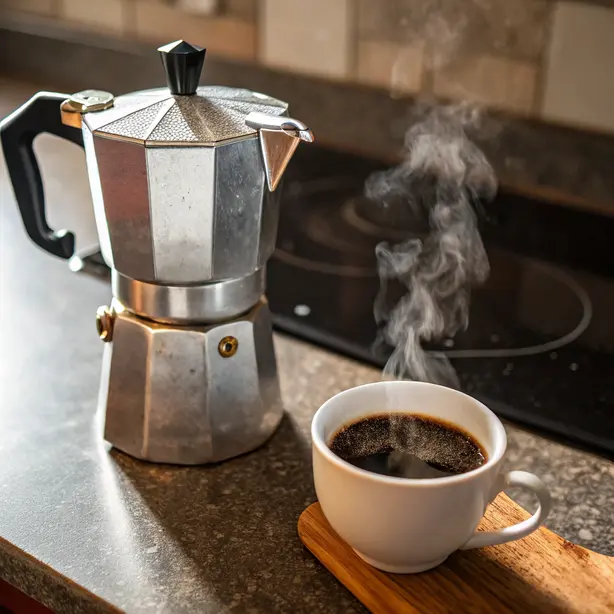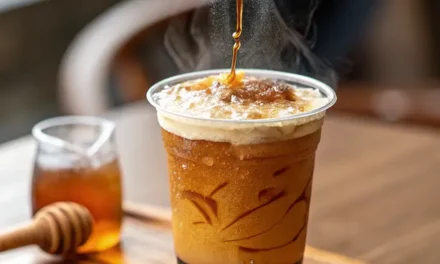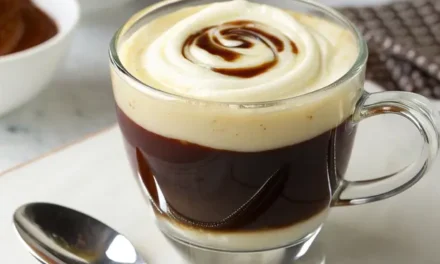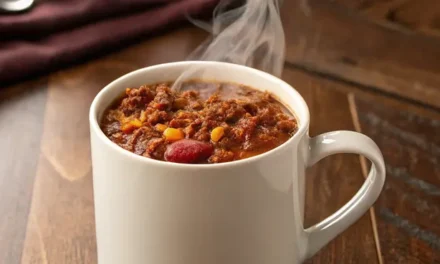Introduction
Are you making the most of your moka pot brewing experience? Many coffee enthusiasts are familiar with the robust taste that a Moka pot delivers, but few truly harness its potential. By refining your approach using a few data-driven insights and techniques, you can transform your morning cup into a barista-quality experience. The moka pot brewing method, renowned for its intense flavors and rich aroma, is rooted deeply in the Italian coffee tradition. This exploration into optimizing your brewing process will reveal how simple tweaks can elevate your coffee to new heights. Let’s dive into the world of Moka pot perfection.
Ingredient List
To craft the perfect cup of coffee using a Moka pot, you’ll need a precise selection of ingredients that cater to both traditional preferences and innovation:
- Coffee: Freshly ground medium-fine coffee. Begin with 20-22 grams (approximately 3 tablespoons) for a standard 6-cup Moka pot. Consider a dark roast for a strong, classic flavor.
- Water: Filtered water is essential. Hard water can alter the taste of your brew.
- Optional Additions: Experiment with spices like cardamom or cinnamon to infuse your coffee with unique flavors.
- Substitutions: Non-dairy milk options if you prefer to layer your brew with frothy milk.
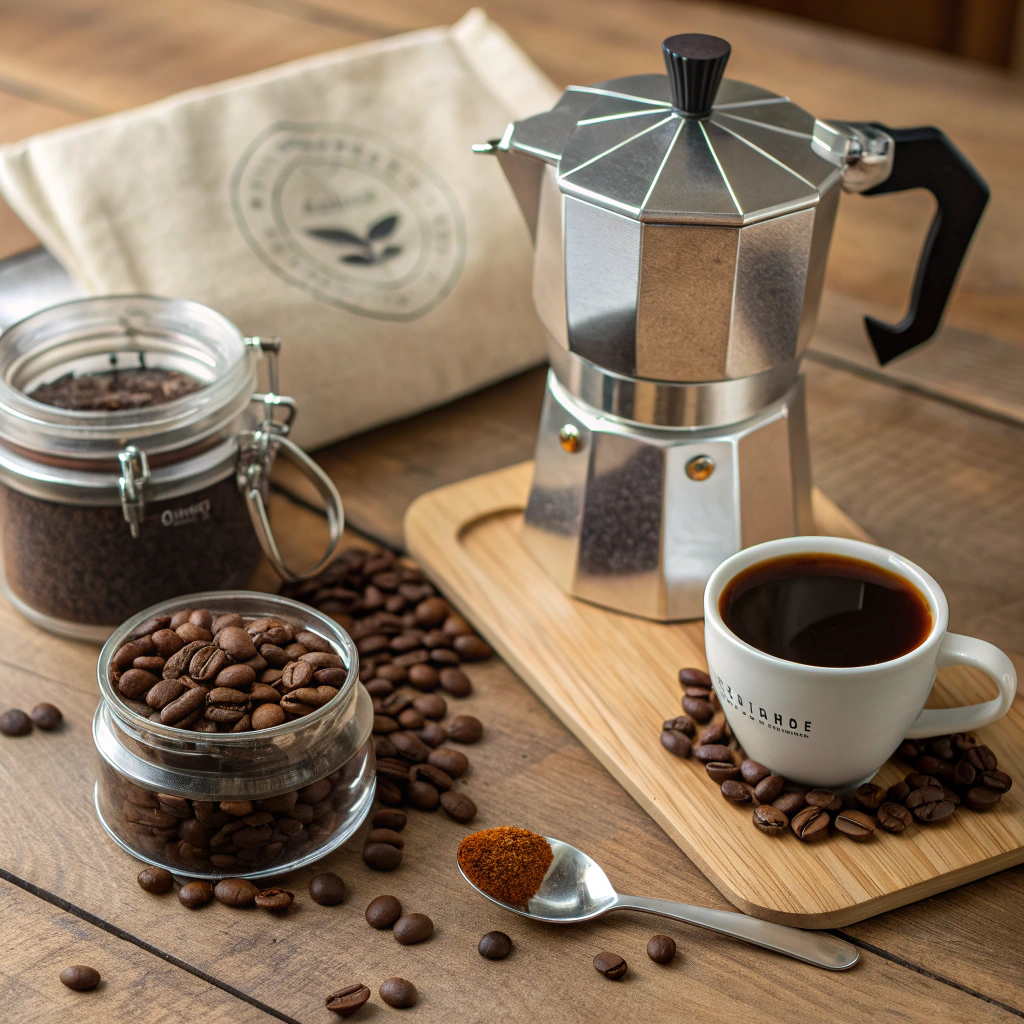
The mix of these key ingredients determines the quality and taste of your coffee, creating a brew that excites the palate and invigorates the senses.
Time
While stovetop espresso maker aficionados often praise the Moka pot for its swift preparation time, it’s crucial to understand the timeline fully:
- Preparation Time: 5 minutes for assembling ingredients and filling the pot.
- Brewing Time: Roughly 6 minutes, about 20% quicker than average coffee makers.
- Total Time: Approximately 11 minutes from start to finish.
This efficiency makes the Moka pot an appealing alternative for those who cherish a quick yet rich cup of coffee.
Step-by-step Instructions
Step 1: Prepare the Base
Ensure your Moka pot is clean. Fill the bottom chamber with water up to the valve. Avoid overfilling, as it impacts pressure.
Step 2: Measure and Add Coffee
Using a kitchen scale, measure out 20-22 grams of coffee. Ensuring uniform medium-fine grounds is key. Fill the coffee basket but avoid compressing it.
Step 3: Assemble the Pot
Place the basket in the bottom chamber, attach the top part, and secure tightly. Proper assembly prevents leakage.
Step 4: Heat it Up
Place the pot over medium heat. Gentle heat ensures steady pressure buildup. You’ll hear a gurgling sound as the coffee begins to brew.
Step 5: Savor the Brew
Remove the pot from heat when the top chamber is two-thirds full. This prevents the coffee from overheating, which can lead to a burnt taste.
Nutritional Information
Understanding the nutritional content of your moka pot brewing coffee can enhance your health consciousness:
- Calories: 2 per 100g serving (without milk/sugar)
- Caffeine: Approximately 90 mg per serving, providing a robust energy boost.
- Macros: Essentially zero fats, carbs, or proteins, making it a purist’s delight.
Insight into its caffeine content informs personal moderation, catering to diverse wellness needs.
Common Mistakes to Avoid
To master the art of the stovetop espresso maker, sidestep these frequent missteps:
- Overfilling the Water Chamber: Disregards the need for pressure, compromising coffee extraction.
- Compressing Coffee Grounds: Leads to slow brew and bitter flavors. Gentle leveling is better.
- Overheating: Causes burnt tastes. Use moderate heat to ensure smoother extraction.
Avoid these, and your Moka pot’s coffee will be perfectly balanced and richly flavored.
Recipe Storage Tips
To preserve the freshness and flavor of your Moka pot brew:
- Immediate Consumption: Best enjoyed fresh. Store left-over coffee in the fridge for cold brew treats.
- Storage: Use airtight containers to maintain the coffee’s aroma for up to 2-3 days.
- Reheating: Gently reheat on low heat to avoid altering the original flavor profile.
Conclusion
In sum, the art of moka pot brewing unlocks a profound coffee experience with minimal effort. By adhering to exact measurements, avoiding common pitfalls, and understanding the nuanced brewing process, you ensure a perfect cup every time. We invite you to try this method, share your experiences, and discover more about the diverse world of Moka pot coffee brewing. Check out our other guides to enrich your coffee-making repertoire.
FAQ
What grind size should I use?
Medium-fine grind is optimal for moka pot brewing, striking a balance between extraction and pressure.
Can I use a stovetop espresso maker for tea?
Yes! Your stovetop espresso maker can be used to brew strong coffee-like tea by following the same methodology.
Why does my coffee taste metallic?
This may result from mineral deposits. Regular cleaning with vinegar can prevent buildup and metallic tastes.
For more in-depth insights and advanced tips, explore similar articles and methods. See More.

